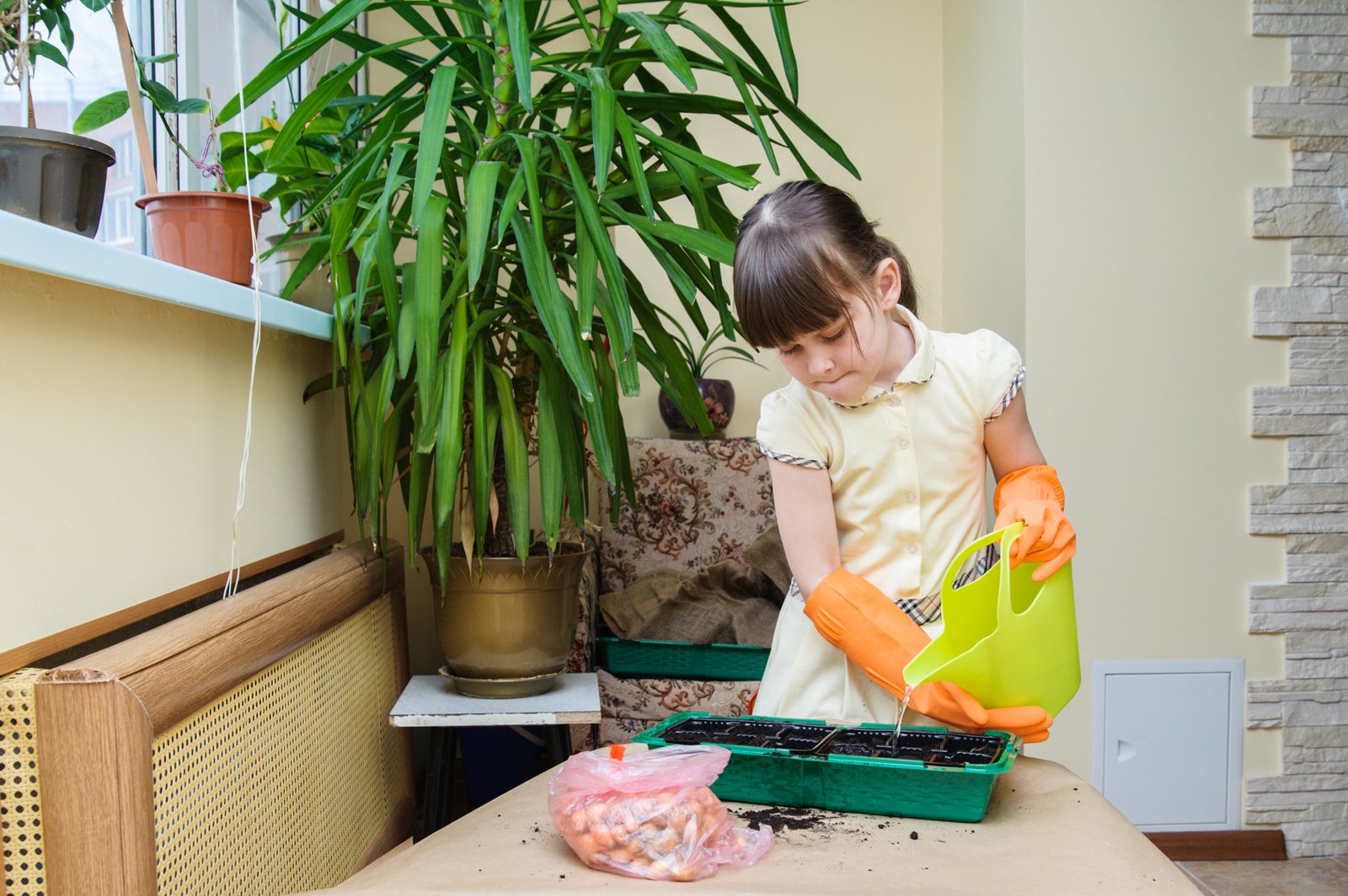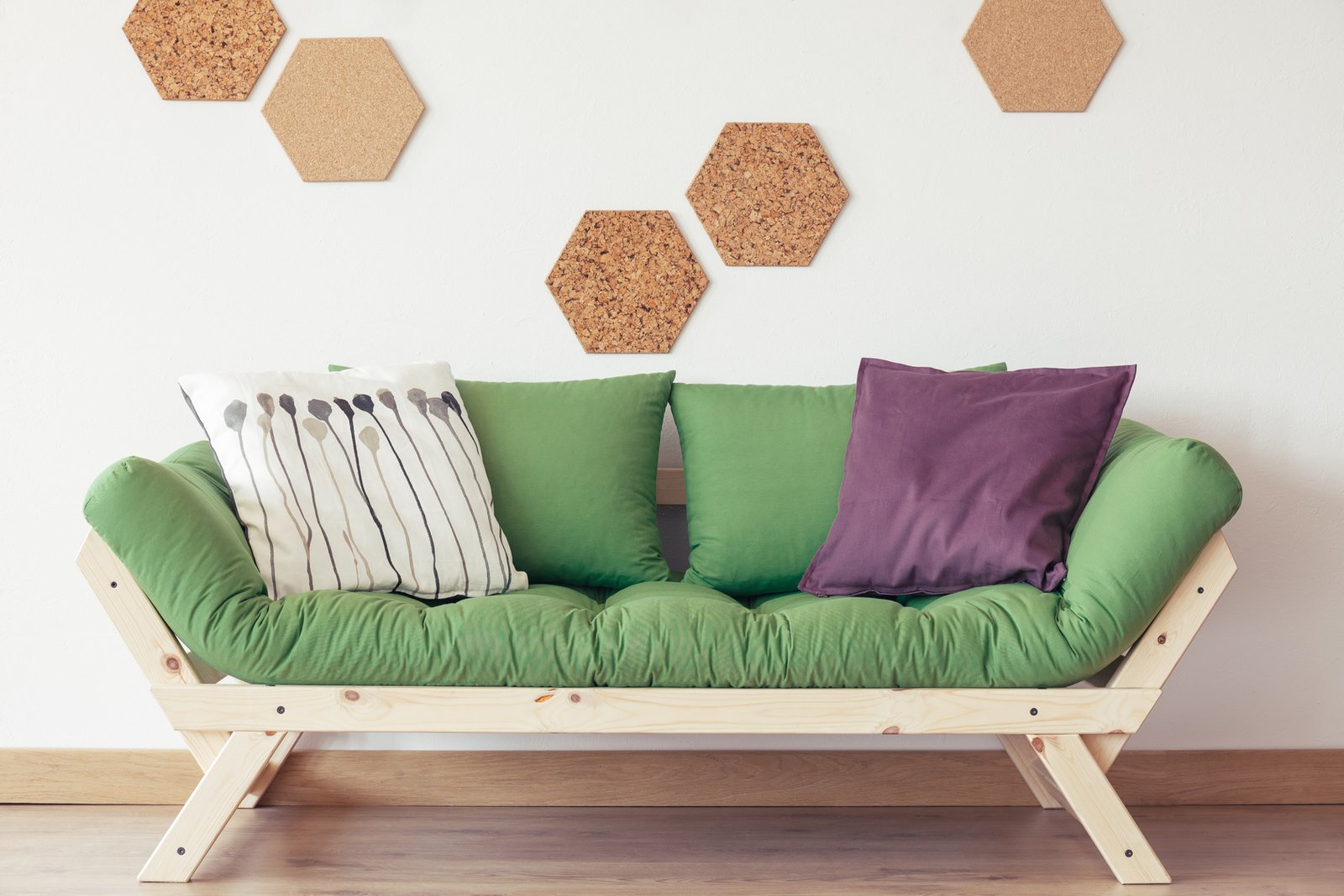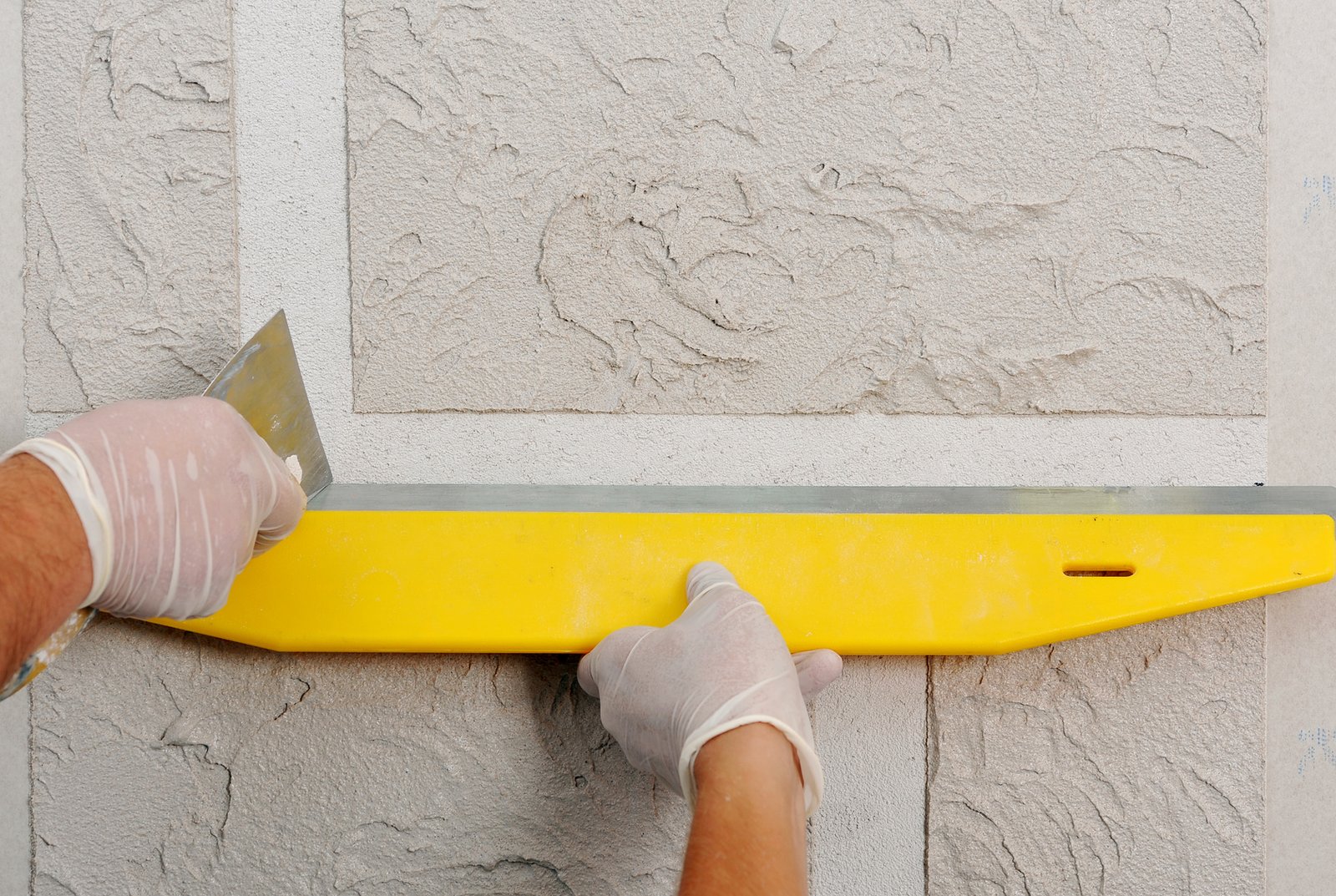Indoor Garden: tips and solutions

We have already discussed the benefits of gardening at home and of growing your own food, but even if you have very little to no space for a garden, cultivating plants is easy and beneficial to your health and well-being. Back in 1989, NASA have conducted an extensive study on the plants ability to clean air, classifying them as a “promising, economical solution to indoor pollution” (page 10). More than that, Texas A&M University researched a wide range of psychological and mental benefits of having plants indoors, such as improving concentration and memory, reducing stress levels, improving human relationships and perceived quality of life.

To take advantage of all these benefits and contribute to a better planet with less pollution by gardening indoors you may need some additional tools and solutions besides what we recommend on our gardening post, like grow lights, simple irrigation systems and fertilizers. Choosing indoors appropriate species will reduce the need of these tools or require very simple solutions. Grow lights are easy to find and buy and irrigation system can be made with things you have at home, like plastic or glass bottles.
Grow lights
Plants absorb light to perform photosynthesis, a vital organic process that generates oxygen. Therefore, light is essential for plants. If you have no place with appropriate direct incidence of sunlight in your home to set your garden or plant pot, there’s a wide range of grow lights available in gardening shops. They are also useful to keep your garden healthy during winter or long periods without sufficient sunlight incidence. Many gardeners have used regular light bulbs, however, these are not efficient for plants since they help them to stay alive, but not completely healthy. This occurs because only certain spectra of light are used for photosynthesis and why red, blue and green lights are the most used as grow lights.

LED grow lights like regular LED lamps used to be very expensive, but they are now becoming cheap and are a great option for your garden. LEDs are the best option in terms of energy efficiency, but other efficient options are the fluorescent bulbs and the High-Intensity Discharge (HID) lights, although the latter is usually very expensive and hard to install at home. Read more about energy efficiency in this post. You can also buy a complete grow light kit for hydroponic or soil based gardening.
Irrigation Systems
Like all living things in the planet, plants need water and you should water them frequently, depending on the species needs. Usually, indoor plants need daily watering and you can check soil humidity by inserting a finger in the soil, it should feel moist, not damp or dry. The best irrigation system is yourself gently watering the soil, not the leaves, but if you will be away from home for several days you can do some simple irrigation systems.

Get a plastic bottle, remove its bottom and make small holes on its cap. The size and number of holes will determine the water flow and speed, the bigger and the more holes, the more water your plant will get. Test the water flow before you go as too much water can cause fungi and other diseases. The bottle needs to be inserted upside down by its half or two thirds in the soil. If you want to make it with a glass bottle, you can use a wine cork in lieu of the plastic cap. You may need to make holes in the cork to improve water flow. Don’t forget to test it.
Watch this video on our YouTube Channel to learn an even simpler way to make a self-watering system for your plants that won’t require making holes or cutting plastic bottles.
Fertilizers or Plant Food
Fertilizers or plant food won’t be needed if you are growing herbs in soil as they are very resistant and can even survive some slips like forgetting to water them for a day or two. However, some flowers may need fertilizers frequently, specially orchids and you should look for specific fertilizing instructions as fertilizing needs varies from species to species, even among orchids. Fertilizers will also be necessary if you are growing hydroponics as water is too poor in nutrients compared to good soil. There are a wide range of liquid fertilizers or nutrient solutions available for hydroponics and some hydroponic ready-to-use kits include these essential items.

If your indoor space will have very limited sunlight incidence and you still do not want to buy grow lights, herbs are a great option to cultivate at home and you can choose plant species that adapt well to whatever conditions you will be able to provide them. Consider this two guides when choosing your plants: Nebraska guide and Missouri Guide.
Whatever the conditions in your home you can grow plants indoors and have no excuse not to Green It Yourself… Now!
——————————————————————–
Photo of red and white plant pots on a window by Penxi.






